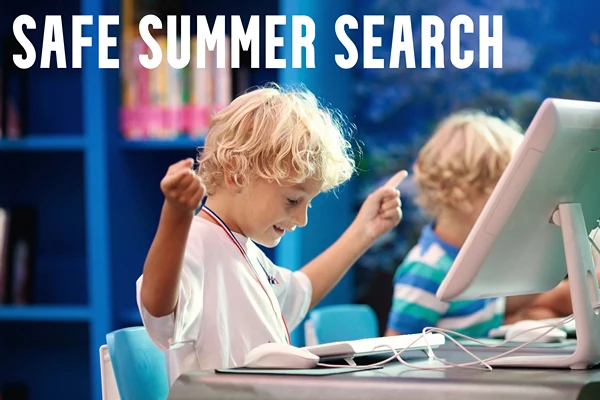The Possible Future of College Education for Teens
College may be a long way off for your young kids, but what will higher education look like in the future? Technology and the availability of virtual learning is already changing how teens view education. At the time of this writing, 1 in 6 high school seniors who planned on attending full-time college are now rethinking their decision.
The vulnerable state of many universities combined with the psychological effects on students who may feel disconnected from others are primary fuelers to this. For a few years now, kids, teens and young adults have been experiencing the replacement of personal human interaction with ease of communication through technology. As a result, the value of traditional education may be fundamentally affected.
Education Interupted
Worldwide, as of April 2020, 1.6 billion students saw their education interrupted. Despite drastic changes to the college experience and a move to online learning, the price hasn’t shifted. In March 2020, the American Congress allocated nearly $350 million of a Relief Fund to colleges with “significant unmet needs.” However, this was only able to help less than 3,000 students, leaving prospective students stressed over how they will afford higher education.
On top of that, the psychological effects of remote learning presented the graduating class of 2020 with many challenges. For example, isolation has led many to experience PTSD and depression. Even more catastrophic, younger adults have experienced a 10x increase in serious mental distress. The fuelers behind the mental obstacles? No physical classes or guidance toward their career of interest.
Knowing this, the future of education for your teens may be different than ever before. Not only will the economical value of education change, but also the classroom dynamic. Prepare your student for the future of education by becoming privy to how future classrooms will operate before they step into them.
Integration of In-Person and Online Learning
For example, mixed-location classrooms. Several experts predict a surge in integration of in-person and online learning. Now that the convenience of living and working online as been introduced, many tools like Zoom and Slack may be crucial in the future of online and in-person classes.
Furthermore, colleges may take a major shift towards innovation. Some teaching methods were old-school and based on outdated technology. However, many are now quickly searching for innovative methods for distance learning. In China, for example, 120 million students now access learning material through live TV. However, students report feeling isolated, overwhelmed, and helpless in these scenarios. Expect this to be re-imaged in the future.
According to the American College Health Association, colleges can expect changes for at least the next 12-18 months. In the meantime, keep an eye out on the higher education economy for the best approach in preparing your teens. Pay attention to the dynamics of online learning, credit transfers, and avoid falling for scams.
Redefining the Role of Educators in Virtual Learning Environments
As virtual learning becomes more prevalent, the role of educators will undergo a significant transformation. In traditional classroom settings, educators play a central role in facilitating discussions, providing guidance, and imparting knowledge. However, in virtual learning environments, educators may need to adopt new strategies to engage students effectively.
In the future, educators may become facilitators of knowledge, leveraging advanced technology and interactive platforms to create immersive learning experiences. They may utilize virtual reality (VR) and augmented reality (AR) to simulate real-world scenarios, enabling students to apply theoretical concepts in practical settings. Additionally, educators may focus on personalized instruction, tailoring learning pathways to individual student needs through adaptive learning platforms and data-driven insights.
Embracing Skill-Based Education and Lifelong Learning
With the evolving landscape of job markets and the demand for specific skill sets, colleges may shift their focus towards skill-based education and lifelong learning. Traditional degree programs might become complemented or even replaced by shorter, more targeted courses or certifications that emphasize practical skills. This shift aims to equip students with the necessary tools to adapt to rapidly changing industries and navigate a dynamic job market.
Colleges may collaborate closely with industry partners to design curricula that align with the current and future needs of the workforce. These partnerships may include internships, apprenticeships, and mentorship programs, providing students with real-world experience and enhancing their employability.
In addition, the concept of lifelong learning may become deeply ingrained in the educational system. As the pace of technological advancements accelerates, individuals will need to continually update their skills throughout their careers. Colleges may offer flexible learning pathways, allowing students to upskill or reskill at any stage of their professional journey.





